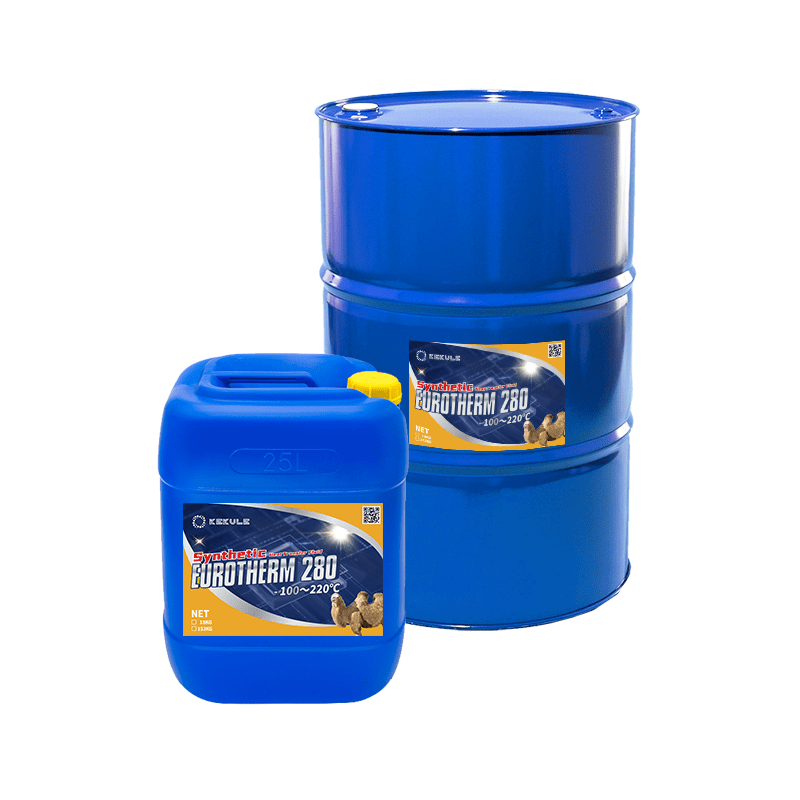7 Simple Techniques For Chemie
7 Simple Techniques For Chemie
Blog Article
The Greatest Guide To Chemie
Table of ContentsChemie Can Be Fun For EveryoneThe Ultimate Guide To Chemie4 Easy Facts About Chemie DescribedThe Buzz on ChemieThe Only Guide for ChemieThe Single Strategy To Use For Chemie
(https://www.kickstarter.com/profile/chemie999/about)Measured change in electrical conductivity of liquid examples as a function of time when stirred with the resin example in the closed indirect cooling loophole experiment. Number 6 shows the change in the measured electrical conductivity of the liquid examples when stirred with the material example. The conductivity of the water sample from the closed loophole experiment reduced by about 70% from 11.77 S/cm to 3.32 S/cm in 6 hours.These outcomes showed that the capacity of the material relies on the test fluid used for the experiment. This reveals that various ions present in the fluid will certainly lead to different ion exchange capability of the fluid. Calculating the ion exchange material ability with the liquid sample from the real cooling loop is vital.
The Greatest Guide To Chemie
As a result, an ion exchange resin cartridge consisting of 20g of Dowex combined bed material might handle order 938 days to saturate. To put it simply, to preserve a low electric conductivity, a material cartridge with the measurement and weight specification as that of the resin cartridge made use of in the experiment, need to be changed every 30 months for the air conditioning system that was made use of in the experiment
The air conditioning of digital parts has actually come to be a significant challenge in recent times due to the developments in the style of faster and smaller sized components. The use of a liquid coolant has become appealing due to the greater heat transfer coefficient accomplished as compared to air-cooling.
3 Simple Techniques For Chemie
A single phase air conditioning loophole is composed of a pump, a heat exchanger (cold plate/mini- or micro-channels), and a heat sink (radiator with a fan or a liquid-to-liquid heat exchanger with chilled water air conditioning). The warmth resource in the electronics system is attached to the heat exchanger.
The requirements may differ depending on the sort of application. Complying with is a checklist of some basic demands: Good thermo-physical residential or commercial properties (high thermal conductivity and specific warmth; low viscosity; high unrealized warmth of dissipation for two-phase application) Reduced freezing point and burst factor (in some cases ruptured defense at -40 C or reduced is required for delivery and/or storage space functions) High atmospheric boiling factor (or low vapor pressure at the operating temperature level) for single stage system; a narrow preferred boiling factor for a two-phase system Good chemical and thermal security for the life of the electronic devices system High flash point and auto-ignition temperature (often non-combustibility is a need) Non-corrosive to materials of building (metals in addition to polymers and other non-metals) No or very little governing restrictions (eco-friendly, nontoxic, and perhaps naturally degradable) Economical The most effective electronics coolant is an economical and safe fluid with superb thermo-physical residential or commercial properties and a long service life.
Getting My Chemie To Work
Most of these fluids have a non-discernible odor and are harmless in instance of contact with skin or intake. As mentioned previously, aliphatic PAO-based fluids have actually changed the silicate-ester liquids in a range of military electronic devices (and avionics) cooling down applications in the last years. One more class of prominent coolant chemistry is dimethyl- and methyl phenyl-poly (siloxane) or commonly referred to as silicone oil.
Of all, these fluids are non-combustible and non-toxic. Some fluorinated compounds have absolutely no ozone diminishing potential and various other environmental properties.
This coolant is categorized as harmful and need to be handled and disposed of with treatment. The high quality of water made use of for the preparation of a glycol solution is really vital for the system.
Getting The Chemie To Work

Other than absence of toxicity, it has no advantages over ethylene glycol, being greater in price and even more thick. This is an affordable antifreeze service, locating usage in refrigeration services and ground source heatpump. Comparable to glycols, this can be inhibited to stop deterioration. This fluid can be utilized down to -40 C due to its fairly high price of warm transfer in this temperature variety.
It is considered more damaging than ethylene glycol and subsequently has actually located use only for process applications located outdoors. Methanol is a flammable liquid and, as such, introduces a potential fire risk where it is saved, took care of, or utilized.
Excitement About Chemie
As a combustible liquid, it needs certain preventative measures for dealing with and storage. Aqueous services of calcium chloride discover vast usage as circulating coolants in food plants. It is non-flammable, safe and thermally much more efficient than the glycol services. A 29% (by wt.) calcium chloride solution has a cold point below -40 C.

Report this page